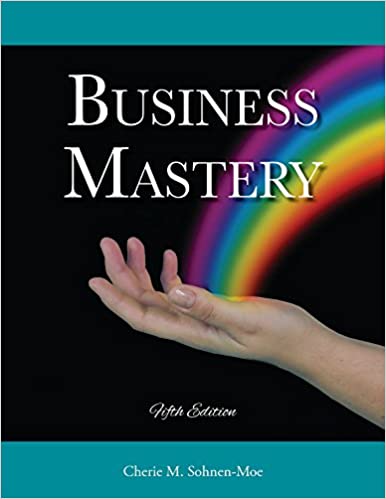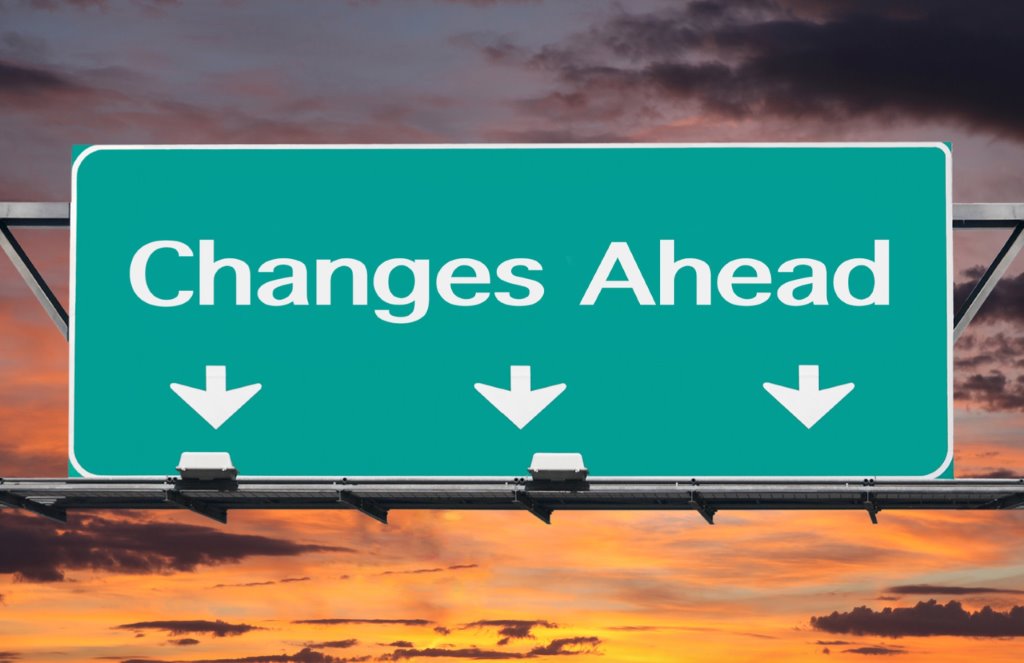
Clarify the Problem within Your Business
Clarify the Problem
Before you can identify a solution, it’s important first to clarify the problem. Why is your business struggling in the first place? If you don’t have clarity on the specific challenge you’re facing, you won’t know what steps to take to save your business. Take some time to think about how you got to where you currently are.
What happened that you didn’t anticipate?
What things went wrong?
Some common problems businesses face are:
1. Market changes. Economic factors, new technology, emerging competition, and many other things can cause the market to change. Survival requires the ability to adapt to changes as they happen.
2. Failure to understand the target customer or market. If people aren’t interested in your product or service, there’s a good chance you don’t understand your customers or market. Dig deep to understand what people truly want and what motivates them to buy.
3. Poor pricing strategy. If your prices don’t match the customer demand, you won’t sell much. It’s crucial to understand what customers are willing to pay, as well as where your product sits in relation to your competitors.
4. Insufficient funds. Not having enough money on hand will quickly tank your business. You must pay close attention to cash flow, financing, sales, and more.
5. Too much growth. Growth is a good thing, except when there’s too much of it. If your business grows too fast, you might not be able to keep up with demand.

Identifying fundamental problems within your business can be a painful exercise. No one likes to be reminded of ways they’ve failed. But if you want your business to thrive during challenging times, you must be able to put your finger on the primary problems.
If you’re feeling sick and go to the doctor, what’s the first thing they try to do? Determine what is causing the illness. Only then can the doctor prescribe the proper treatment. If the doctor has you start taking random medications hoping that one will work, you won’t get any better.
The same principle is true in business. You must identify the cause of the problems before you can determine the proper solution. The sooner you identify the issues, the better.
As Jim Collins wrote in Too Mighty To Fall:
I’ve come to see an institutional decline like a staged disease: harder to detect but easier to cure in the early stages, easier to detect but harder to heal in the later stages. An institution can look strong on the outside but already be sick on the inside…

Focus on Your Customers
Before we get into details about specific actions to take, let’s look at the big picture. What is at the heart of every business, including yours? Customers. If you don’t have customers, you don’t have a business.
When deciding what actions to take to strengthen your business, always keep your customers front and center. If you make changes that end up hurting your customers, you’re ultimately hurting yourself. You’ll lose the people who are at the very center of your business.
Airlines are an example of what happens when you forget about your customers. Over the last decade, airlines have gone to great lengths to cut costs and increase profits. Service declined, and customers were hit with various fees they never had to pay in the past. The result? Customers are getting increasingly frustrated and fed up. It seems that everyone has an airline horror story.
Flying, which was once seen as a luxury, is now often considered a necessary evil. The moral of the story is to always keep your customers at the top of the priority list. Before making changes:
- Consider how they will affect the customer experience.
- If customer experience is one of your key competitive advantages, be especially careful about changes. If you destroy one of your competitive advantages, you may end up dealing a death blow to your business.
- If you do make changes that will directly affect the customer, communicate those clearly.
- Explain to the customer why you have to make the changes and the outcomes you expect.

The more transparent you are with your customers, the more understanding they’ll be.
Marketer Neil Patel is an excellent example of this kind of transparency. For several years, he made a particular software available for free. Eventually, however, the costs became too high, and he was forced to start charging for portions of the software. He sent a letter to his customers, clearly explaining what was happening. He detailed his costs, making it clear that he didn’t have the resources to continue making everything available for free. Then he laid out exactly what would happen moving forward. You would be wise to follow Neil’s example.
Explain why changes are happening, when they will take effect, and how they will affect customers. During times of global crisis, it is essential to keep the focus on customers. People will remember the actions you take. If you seek to serve your customers, you will build up a vast amount of goodwill even at the expense of profit. For example, during the coronavirus crisis, many companies sacrificed financial gain for the sake of their customers:
● Many educational companies made their resources free to parents who were suddenly forced to homeschool their children.
● Audible gave away free audiobooks for kids.
● Moz provided free courses on search engine optimization to help businesses strengthen their online presence.
● Loom offered significant discounts on their video recording platform so people could stay in touch with family and friends.
● Bill.com made its platform available for free for 90 days to anyone affected by the coronavirus.
All of these companies are losing out on potential profit by giving these things away for free. But customers will remember the actions taken by these businesses and will be much more likely to support them in the future. It’s about building your brand by doing good for others instead of focusing on the bottom line. Bottom line: If you keep the focus on customers, there’s a much greater chance that your business will weather the tough times.








Recent Comments